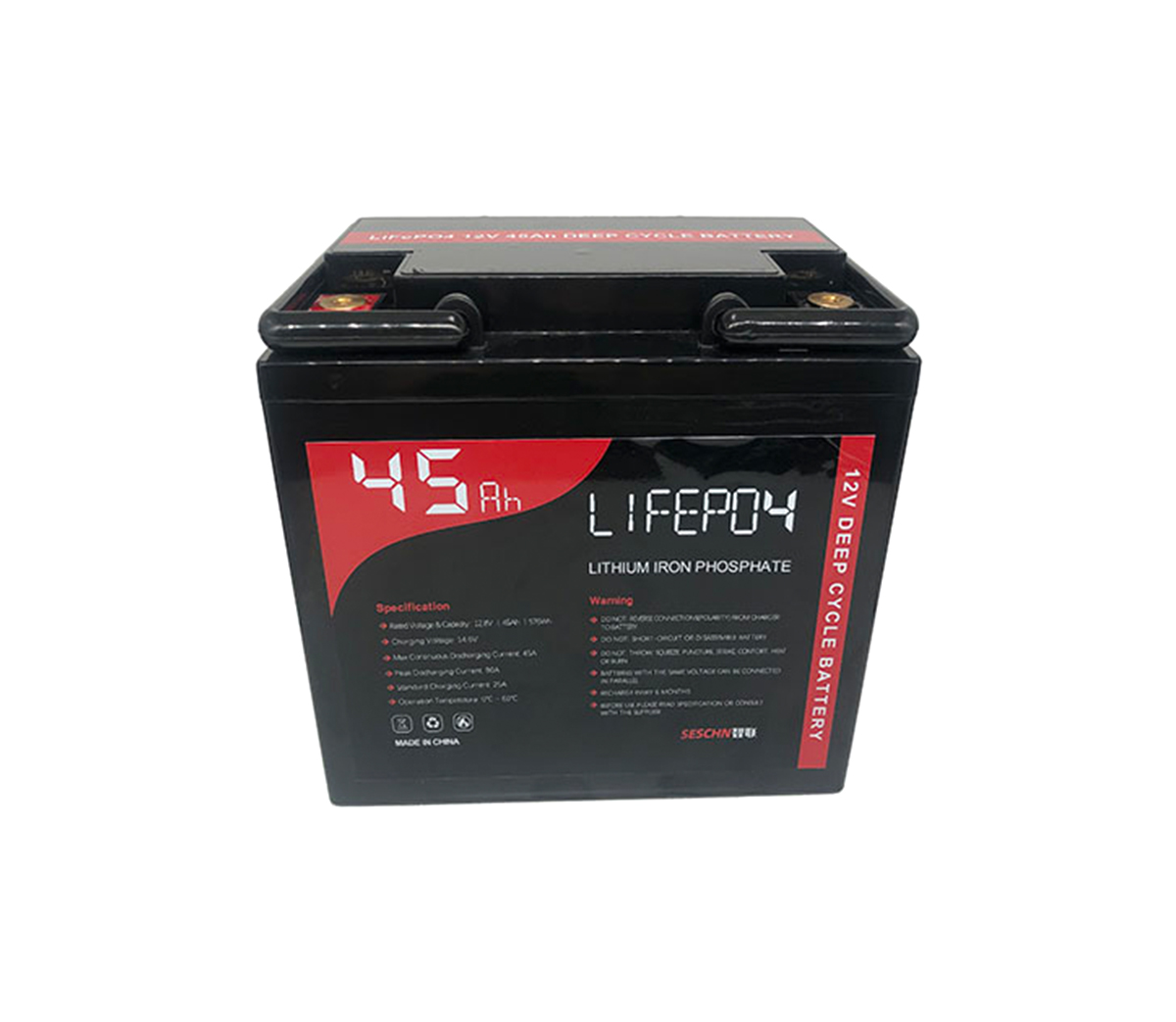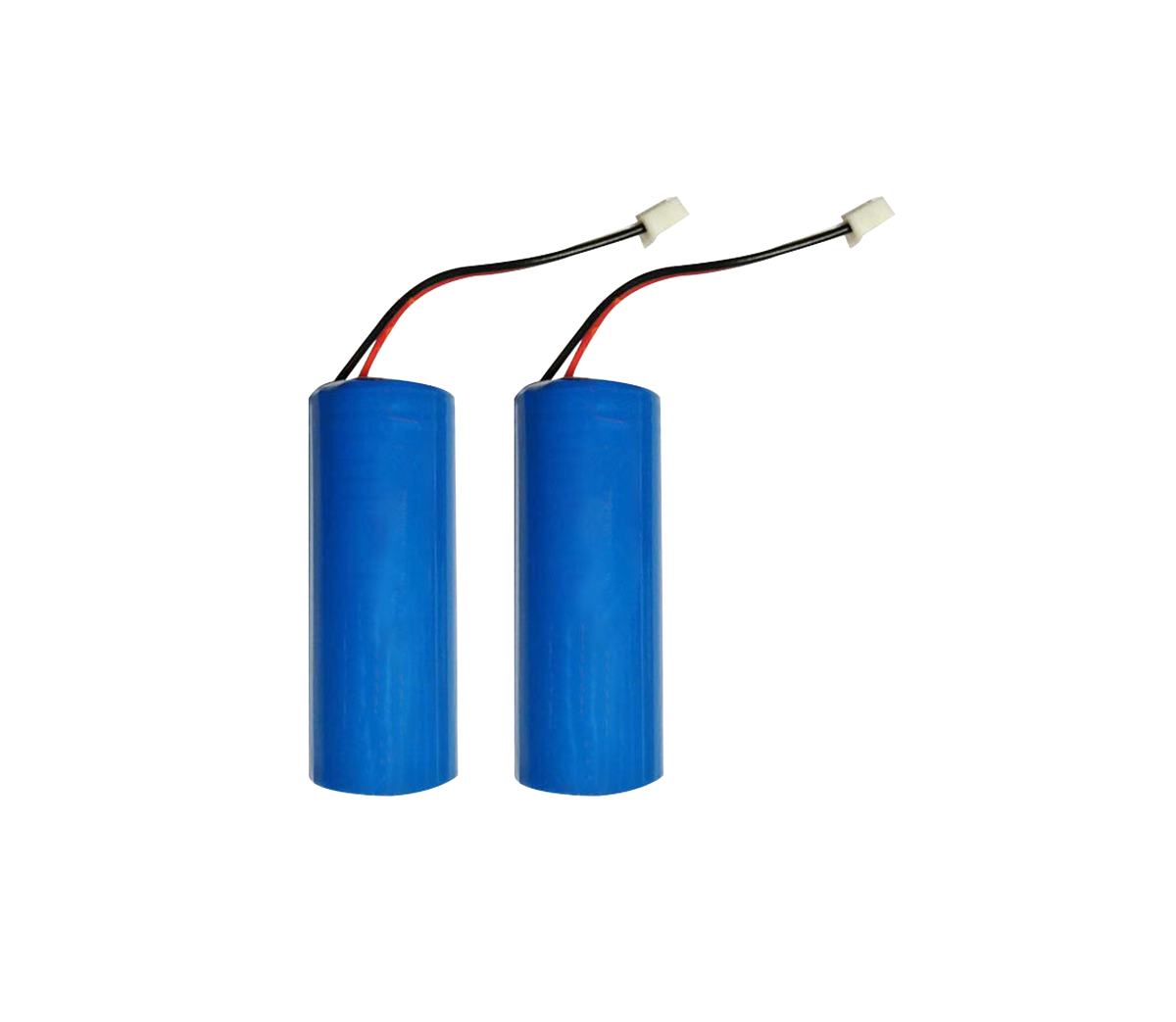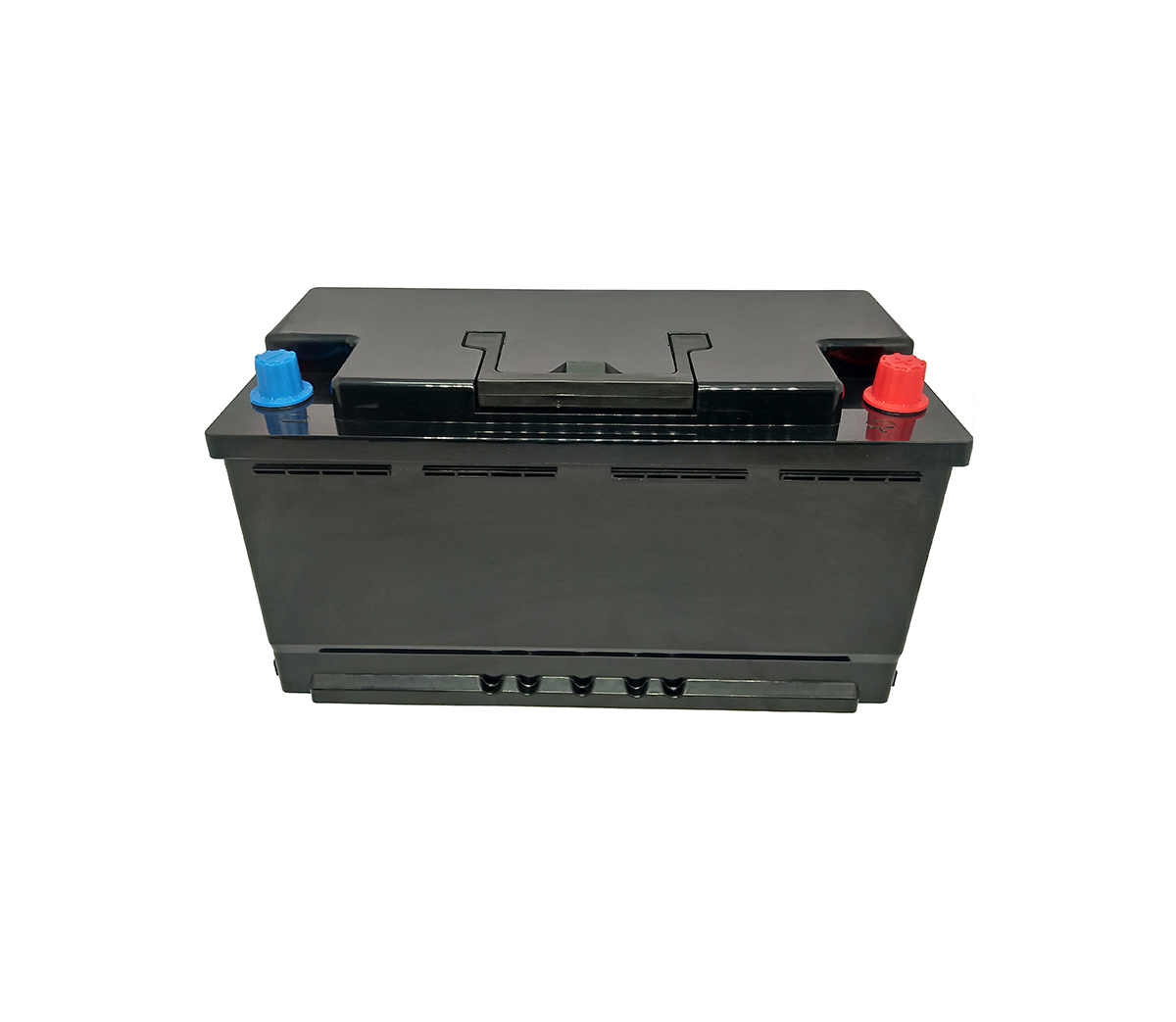Stanford researchers announce the launch of low-cost water-based batteries
to promote grid storage
In the business world, the three most important factors are price, price,
and price. The world is realizing how grid storage allows renewable energy not
only to meet the needs of the utility industry, but also to be carried out at
any time of the day. However, the price of such large-scale equipment is still
an obstacle to large-scale adoption of this technology.
In the business world, the three most important factors are price, price
and price. The world is realizing how grid storage allows renewable energy not
only to meet the needs of the utility industry, but also to be carried out at
any time of the day. However, the price of such large-scale equipment is still
an obstacle to large-scale adoption of this technology.
Most of the batteries currently available use lithium-ion batteries. The
technology and manufacturing process are well understood. They have very good
response time. But they have some shortcomings. First, they spent a lot of
money. Second, after a certain number of charge/discharge cycles, its
performance begins to decline. Third, they require a cooling system, which
increases the complexity and cost of each installation.
Rsearchers at Stanford University said they might answer all three
questions-a new type of battery that uses manganese, hydrogen and water to store
electrical energy. Now remember that this discovery can only work in the
laboratory. It will not be available soon in the energy storage section of your
local HomeDepot. But it offers the promise of cheaper energy storage and can
withstand more charge/discharge cycles than lithium-ion batteries. This means
that a door has been opened, which may lead to more use of renewable energy in
the future-which is urgently needed by the environment.
This research was published in the April 30th issue of "Nature Energy". Yi
Cui, a professor of materials science at Stanford University and the senior
author of the paper, said, “What we do is put a special salt into the water, put
it into the electrode, and generate a reversible chemical reaction to store
electrons in the form of hydrogen.” The basics of water batteries The component
is manganese sulfate, which is a cheap and abundant industrial salt used to make
dry batteries, fertilizers, paper and other products, according to Stanford.
According to the expected service life of the new battery, Mr. Cui
estimated that in order to provide a 100-watt light bulb with 12 hours of
electricity, it would take a penny to store enough electricity. "We believe this
prototype technology will be able to meet the Department of Energy's
utility-scale power storage practicality goals," he said.
The Ministry of Energy's grid-scale energy storage standard is the ability
to store and discharge at least 20 kilowatts in one hour during at least 5,000
charge/discharge cycles, and have a service life of 10 years or longer. The
target cost that the US Department of Energy is looking for is $100 per kilowatt
hour.
The Secretary-General of the Obama Administration of the US Department of
Energy and Nobel Prize winner Steven Chu said: “Although precise materials and
designs still need to be developed, this prototype shows the type of science and
engineering. They propose the realization of low-cost, long-lasting utility
batteries. New method. "Zhu is now a professor at Stanford University, but he
did not participate in this research project. Other rechargeable battery
technologies currently being considered by researchers "will cost more than five
times their cost during their lifetime," Cui added.
Stanford Water Battery is not ready for prime time. The researchers use
platinum as a catalyst, but it is expensive, but Cui explained: "We have
determined that the catalyst can enable us to reach the US Department of Energy
target of less than $100 per kilowatt-hour."
There is still a lot of research and development to be completed before the
Stanford water battery is ready for commercial use. Only a small number of
breakthroughs in the laboratory allowed it to be put into actual production. The
price threshold per kilowatt-hour is of concern to every battery researcher.
Even lithium-ion batteries can break within a day. But if the water battery can
withstand more charge/discharge cycles, its overall total cost will be
lower.
Will the new technology of YiCui and his team make it out of the laboratory
and put into production? "We will see," the Zen master said.


































